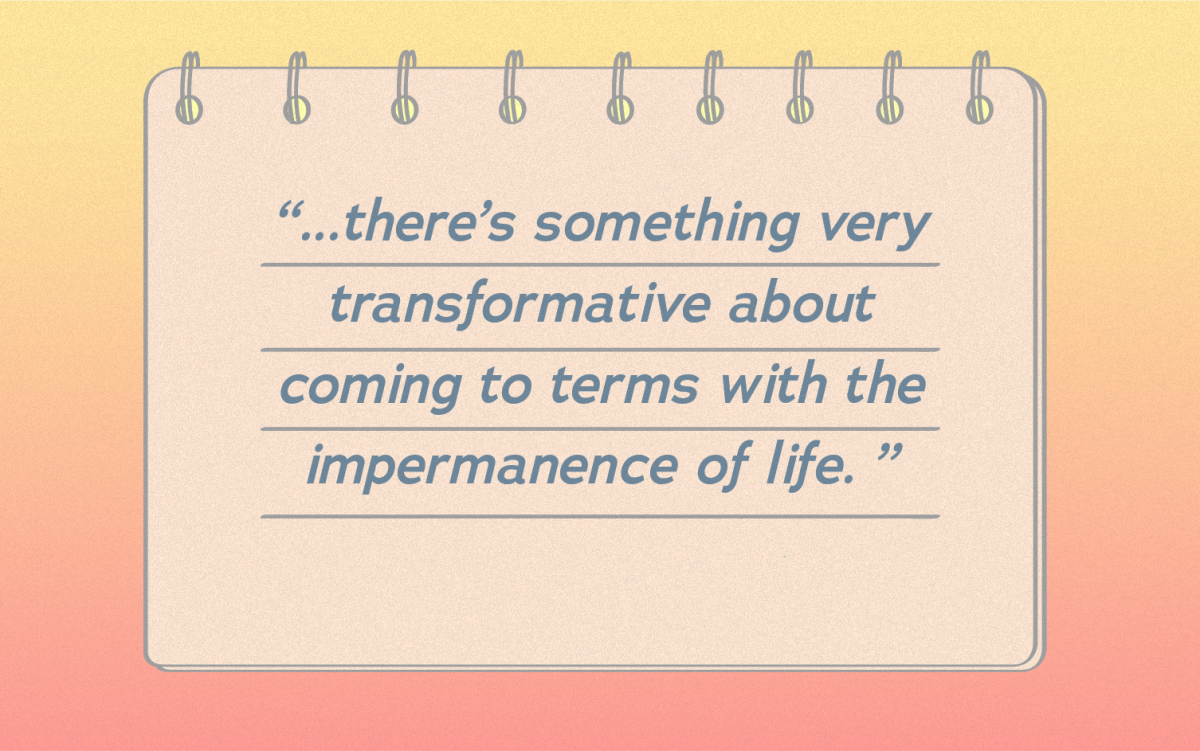Ray Rice. Kendall Sanders. Montrel Meander. Each man was a former high-profile football player. Each man committed an act of assault or abuse against a woman. Rice is currently out of a job after being released from his longtime team, the Baltimore Ravens. Sanders and Meander have been suspended from the University of Texas football team and are awaiting trial as well as a judicial review, which could result in their expulsion.
Op-ed by Rahul Naik
However, football players are not the only perpetrators of sexual abuse and domestic violence. In fact, neither are athletes. Sexual abuse and domestic violence can victimize everyone and anyone can be an abusive partner.
As sexual abuse and domestic violence rose to the forefront of public issues, the Obama administration passed federal legislation, called “It’s On Us,” and appointed a task force to help end sexual abuse and violence on college campuses, indicating progress from the top. High-profile cases like that involving Ray Rice, that involving a basketball player from the University of Texas and one involving two UT football players, were magnified and scrutinized to a great degree. Despite all the recent attention, sexual abuse and domestic violence, especially on college campuses, show no signs of slowing down. This has moved students into action. High-profile movements like those at Stanford, Harvard,and Columbia, have attempted to shine a brighter light on the issue. But the brightness of the spotlight may not be the problem. The greater problem may be that we are not really listening at all.
When allegations and video of domestic violence came out against Ray Rice in February, great uproar and a general hoopla surrounding the case ensued. What unfolded in that elevator in Atlantic City was examined under a public microscope and brought much needed attention to the issue. Domestic violence is a rising problem within the NFL, as exposed by the Rice case.
According to ESPN statistics affiliate, FiveThirtyEight, “domestic violence accounts for 48 percent of arrests for violent crimes among NFL players, compared to an estimated 21 percent nationally.”
At the same time, just because professional athletes are celebrities closely followed by media outlets does not mean that their cases are more important than the average domestic abuse cases that happen behind closed doors to seemingly average people. Texas is one of many states that reflect this reality.
“One in three adult Texans – a total of 5,353,434 adult Texans – have experienced intimate partner violence in their lifetime,” according to “Statewide Prevalence of Intimate Partner Violence in Texas,” conducted in June 2011 by UT’s School of Social Work.
Each case is just as impactful as the next in bringing awareness to the domestic abuse issue. Each survivor represents the strength to eradicate this behavior rather than let it continue on a track of increasing occurrence.
At UT, three varsity athletes were at the center of abuse cases in July and August 2014. They were not the only cases of violence and abuse to happen on the UT campus last year, but they were the only ones that most students and the general public heard about, given the high-profile status of each athlete.
“It’s important to recognize that this is an issue across ethnicities, sexual orientations and college campuses nationwide,” says Dr. Jane Bost, director of Voices Against Violence at UT. “It’s not a new problem, but recent stories have brought it to light.”
The frequency at which these atrocities occur on college campuses is alarming. For teenage girls on their own and fully independent for the first time, American campuses are becoming dangerous places.
“The college town of Missoula, Montana, saw at least 80 reported rapes over three years, earning it the name ‘America’s Rape Capital.’ But the nickname has it wrong. Missoula isn’t special; it is fairly average,” according to TIME Magazine. “Recent research shows that 1 in 5 women is the victim of an attempted or completed sexual assault during college.”
The misinformation and insensitivity used in dealing with Missoula is indicative of how the media and general public view the topic of sexual assault on college campuses, which only contributes to a general disregard of the issue. Dubbing the town “America’s Rape Capital” is viewing the issue in a trivial light. Using rape as a general characteristic to distinguish a town is an insult to survivors of rape everywhere and never should it be used as a distinguishing characteristic.
The sadly paradoxical part of the issue is that assault and abuse are pervasive across college campuses around the country, yet they are rarely reported. A large cause of this is concern about the potential damage a situation like rape can do to one’s reputation. This says a lot about the status of culture in the United States today. This mindset tells us that social status trumps all, even when it could cost health and well-being.
“We live in a rape culture. In the U.S., this has been going on for many years. It’s endemic to the culture. Messages from our culture say that men and women are supposed to be a certain way,” Bost says. “If a girl dresses a certain way, then she’s ‘asking for it.’ This leads to an abuse in power and control.”
A recent article in Rolling Stone, documenting a rape at the University of Virginia, gives some context to the cultural problem America faces today. A sexual assault survivor, “Jackie,” recounts that she called some friends to pick her up from the fraternity house in which she was raped, minutes after it happened. A few minutes after friends came and picked her up, they began debating whether or not to ever tell anyone about the incident.
“‘She’s gonna be the girl who cried rape, and we’ll never be allowed into any frat party again,’ said Cindy, Jackie’s ‘friend.’”
Mind-boggling is the fact that these students actually considered keeping this from everyone and may have gone through with not telling anyone about the rape of their own friends for fear of social repercussions.
Media and public portrayal of survivors of both sexual and domestic abuse form a general image of what these people are supposed to look like. But it can be easy to forget that women are not, by any means, the only survivors of sexual and domestic abuse. For example, when the Rice case broke, there was a general outcry and increased awareness for violence against women. It was clear that Rice was the aggressor and perpetrator during the incident. When Solange Knowles assaulted Jay-Z in a New York City hotel in May, however, most wondered what Jay-Z had done to her. The media treated the survivors of the incident with more ambiguity despite that video evidence shows Jay-Z being assaulted by Knowles. Media rarely portrays a typical survivor of domestic or sexual abuse as a male, so it can be easy for the general public to be ignorant to the fact that men can be just as victimized as women.
According to the June 2011 statewide Texas study, “26.8 percent of Texas men have experienced at least one type of abuse over the course of their lifetime.”
“Male and homosexual survivors are very common as well and we’re here for them just as much as we’re here for our female survivors,” says Bost, in regard to Voices Against Violence.
Consent is a topic that incurs more of a gray area and has been widely discussed and debated. The concept of consent is so important because it is often the ultimate factor in determining whether mutual sex or rape occurred. According to the Voices Against Violence website, consent to sexual activity is “an enthusiastic mutual agreement that can be revoked at any time for any reason; a conversation that requires consciousness and clarity; asking not assuming (a yes to one thing does not imply a yes to all things); and assent, meaning to agree to something after thoughtful consideration.” Factoring the rampant alcohol consumption that occurs across most college campuses into getting sexual consent is a complex matter, and like most situations involving high amounts of alcohol consumption, must be dealt with using good judgment.
“The issue with alcohol is extremely important, and it’s very important to actually think before having sex with another person. If someone does not have full clarity or consciousness, then they cannot give consent,” Bost says. “The responsibility sits on the shoulders of the initiator, and conversation needs to happen.”
Responsibility. There lies a key word in combating this issue on campuses and in general. You, as a human being, should feel a respect or responsibility for the well-being of your fellow human beings. Your friends. Your family. You should contribute to this well-being in those you have relations with, not take it away.
Multiple steps, such as the Title IX task force; the Get Sexy, Get Consent program; and the BeVocal initiative, have been taken to combat sexual and domestic violence at UT. In the end, though, the success of these initiatives depends on how we use them.
Now more than ever, combating sexual and domestic violence is on us.










































